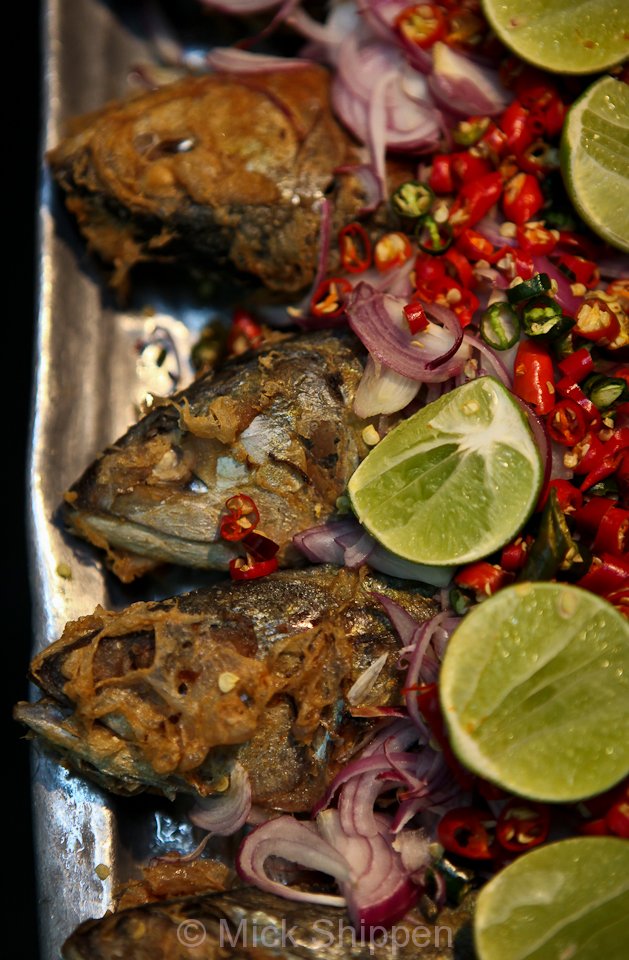Soup Seller, Phnom Penh
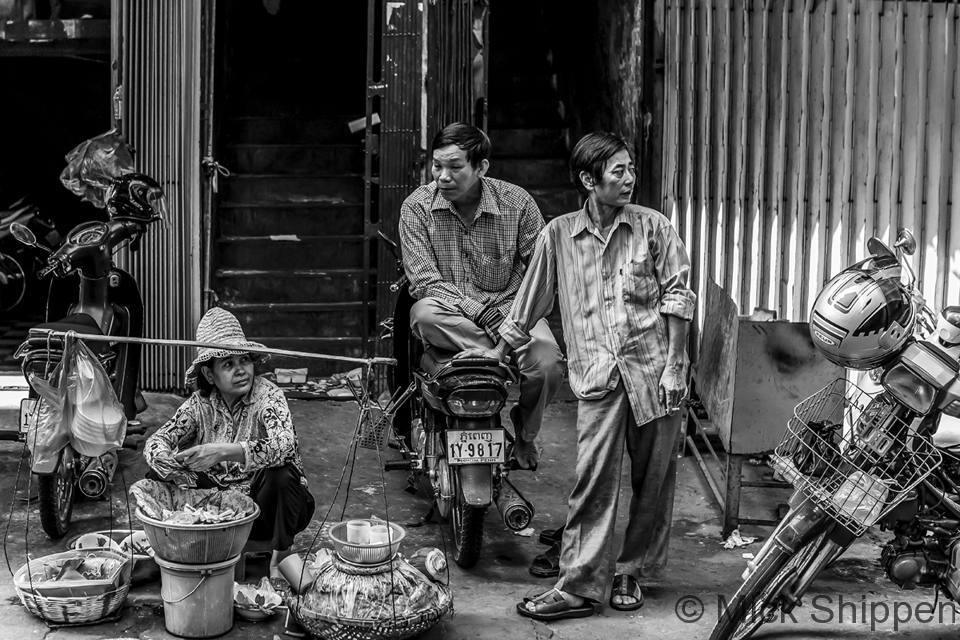
A soup seller with her earthenware pot wrapped in lotus leaves sitting in a side street waiting for customers.
travel photographer & writer

A soup seller with her earthenware pot wrapped in lotus leaves sitting in a side street waiting for customers.
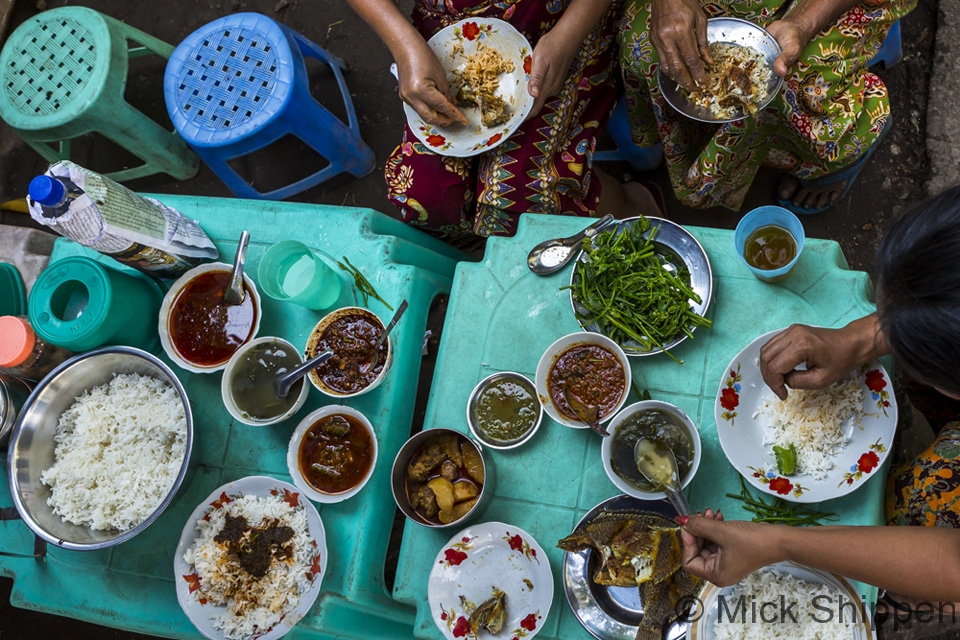
I’m part way through editing a vast amount of food images from Yangon. The shot above was the first of a couple of thousand, and was taken almost the moment I stepped outside the hotel door. It seemed to be a good omen.
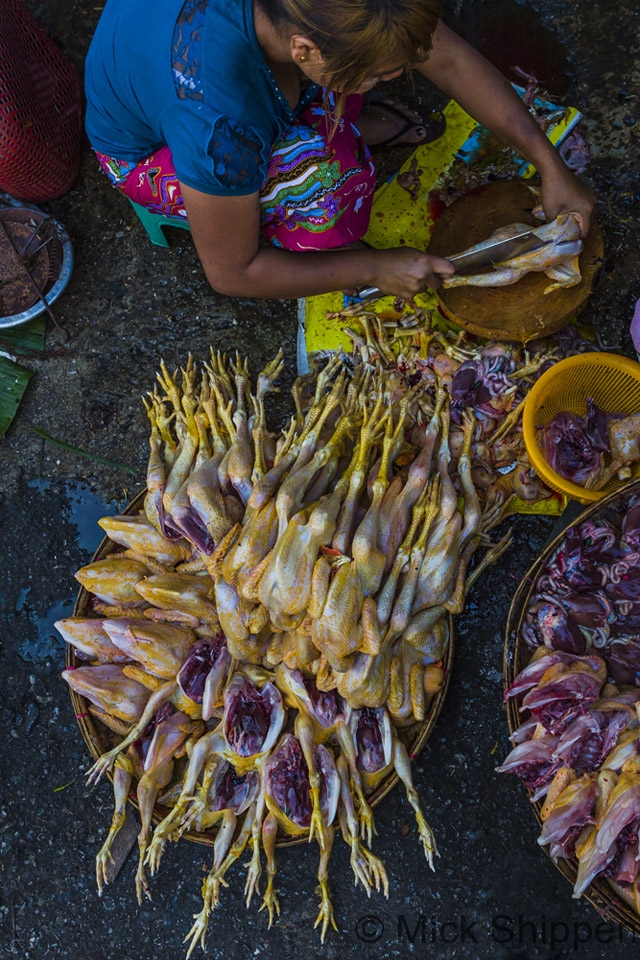
Riding on a wave of optimism and investment, Yangon is flourishing. Since my last visit just over a year ago, the markets have become even more vibrant and crowded, and the street food and restaurant scene has grown.
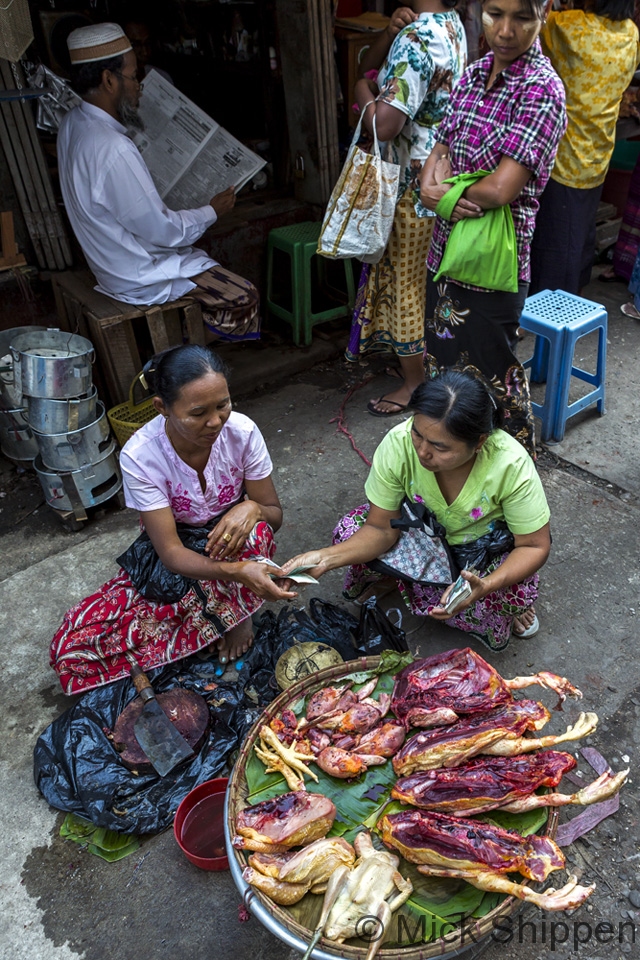
It’s a great city for a culinary adventure, and even better if you love documenting all things foodie with your camera. Everywhere you turn there is a food shot wanting to be captured. For sheer visual excitement, it knocks Bangkok into the shadows.
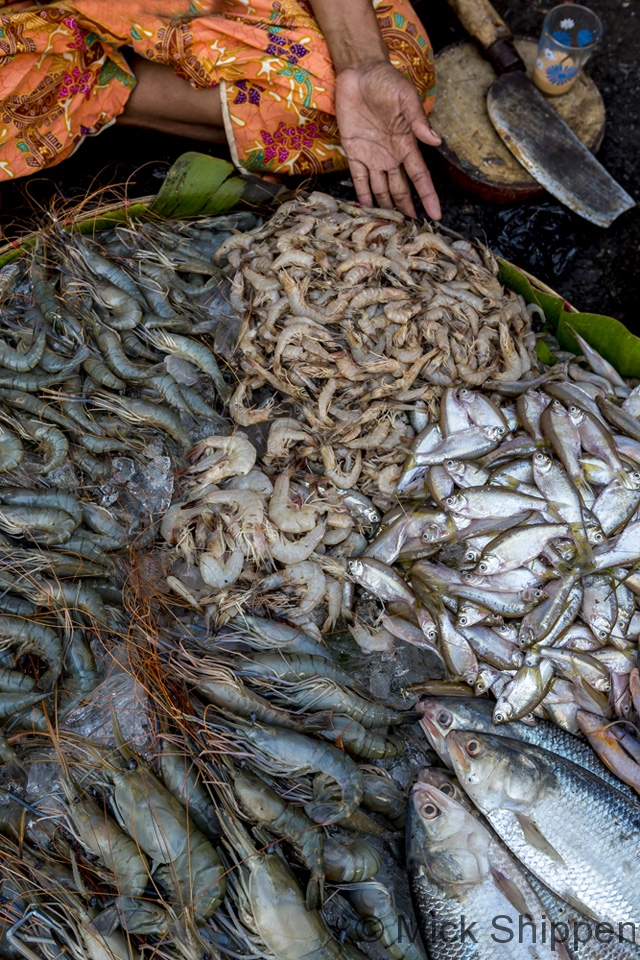
Earlier this month I spent five days snapping market scenes and street food, and I might add, munching my way through an incredible variety of Myanmar cuisine. Delights included regional Shan, Kachin, and Rakhine dishes.
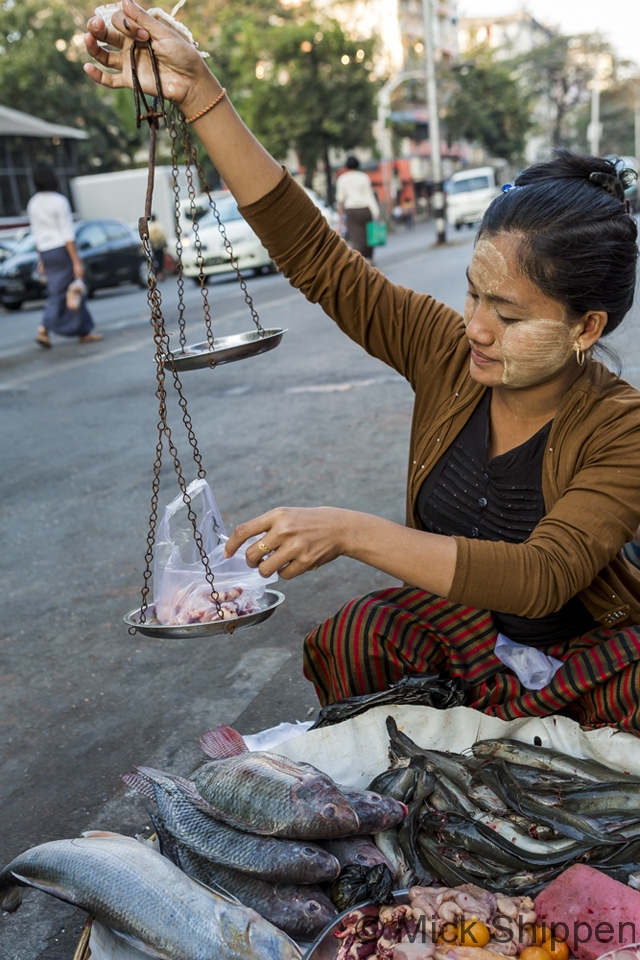
Myanmar has the potential to become renowned for its cuisine, which at the moment is relatively unknown, and Yangon to be a truly great food city.
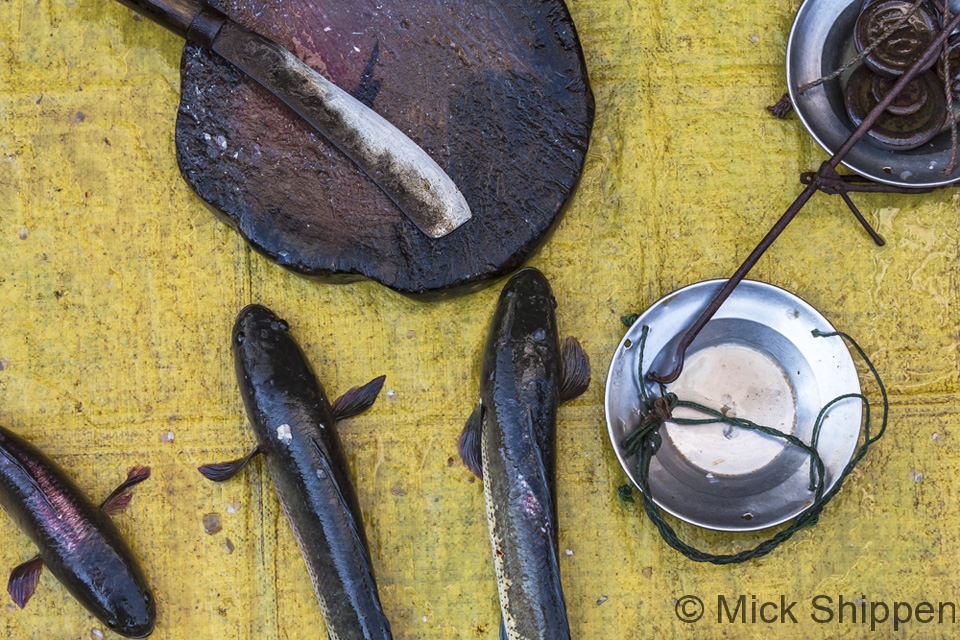
There’s a bit of work to do though. Street food hygiene is pretty diabolical and many traditional dishes use a ridiculous amount of oil, but for taste and sheer variety, it’s a fascinating place to eat your way around. There is simply no better way to discover a city and its culture than through its food.
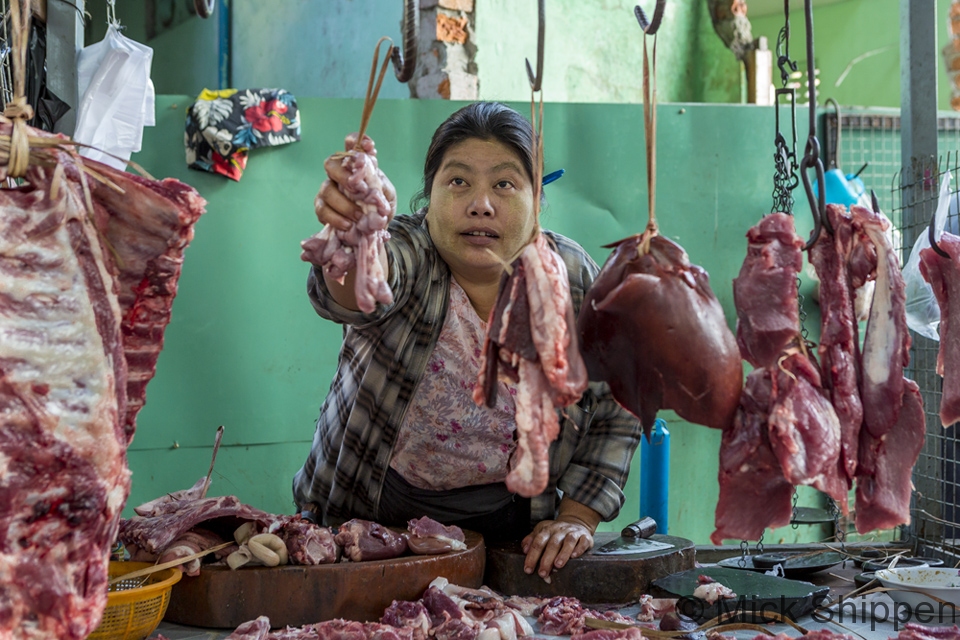
I’ll try and post a few more shots over the weekend. I might just add that the live yoghurt made in the earthenware pots below is superb. In fact I bought some of the pots and have been making it at home in this way since I returned. It’s not quite on a par with the outstanding buffalo curd yoghurt you get at the roadside in Sri Lanka though…
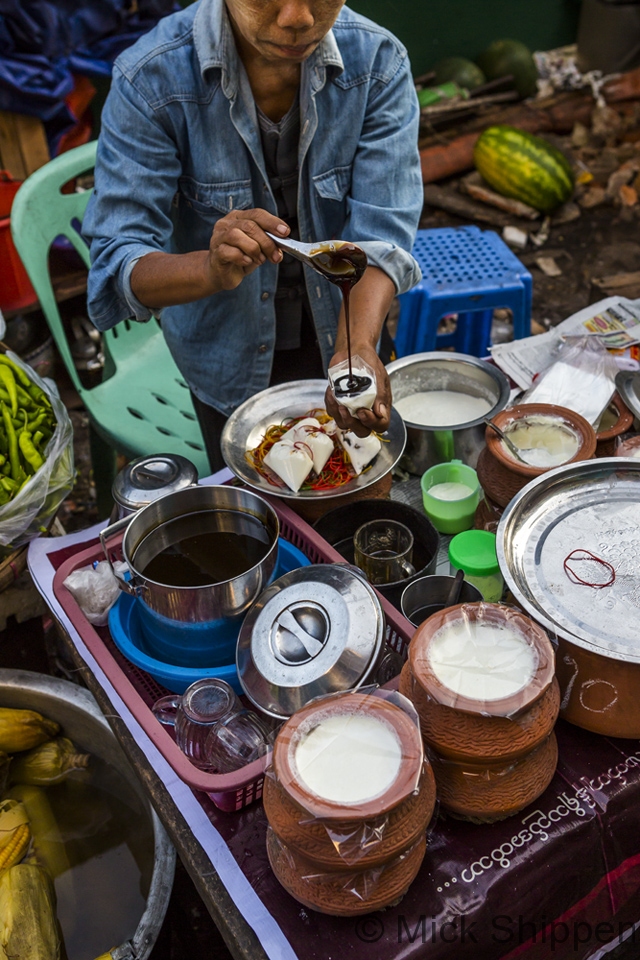
Last night I attended the Pink Lady Food Photographer of the Year 2013 at the Mall Galleries in London. It was a well attended evening with prizes presented by food critic, journalist and MasterChef judge, Jay Rayner. David Loftus, Jamie Oliver’s photographer, and chef Bill Granger were also there.
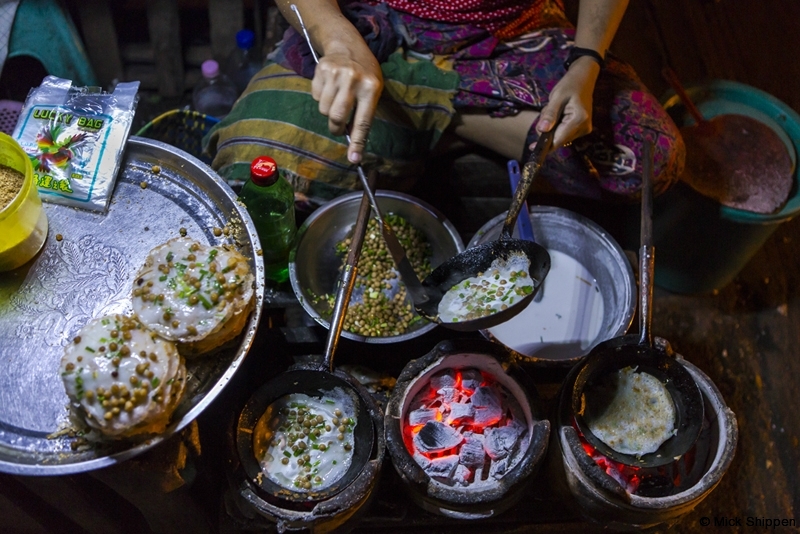
There were more than 5,500 entires from all over the world and I think the standard of work was even higher than last year. I had been selected in three categories, each of which featured seven images. I’m delighted to say that I scooped first prize in the Philip Harben Award for Food in Action category with the image above.
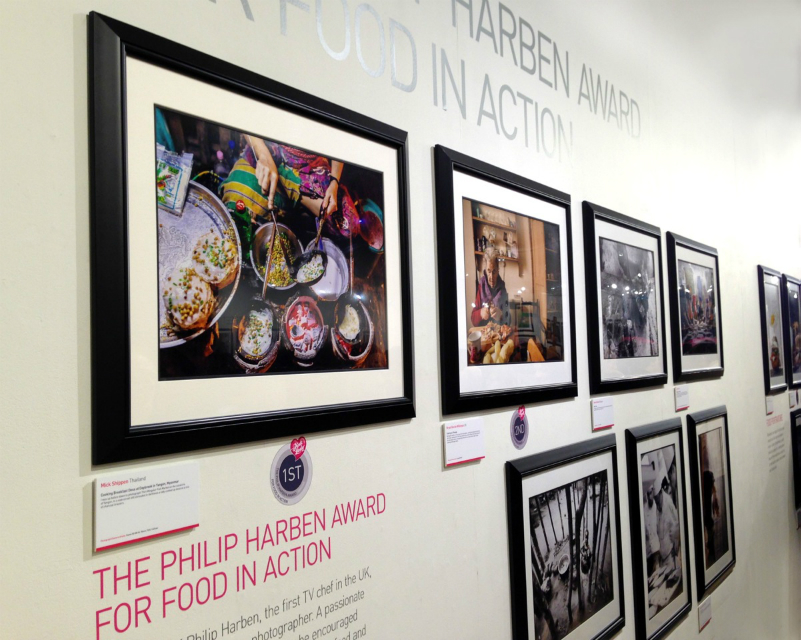
It was taken at about 5.30 a.m. near the morning fish market in Yangon. The shot is of a lady preparing dosa rice flour pancakes on three charcoal stoves.
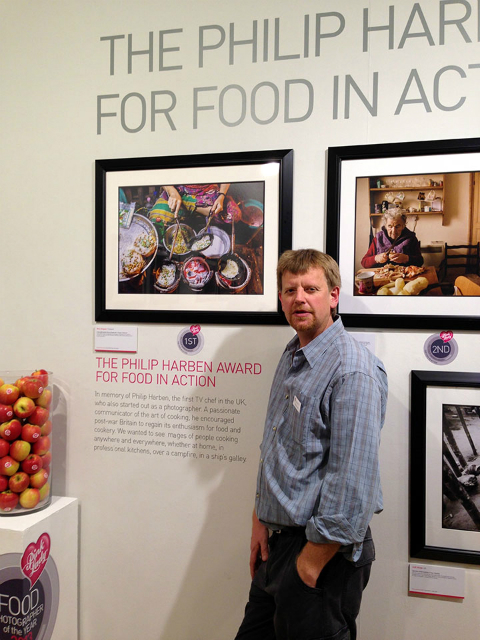
The exhibition is open to the public at The Mall Galleries, London SW1 from Wednesday 24th – Sunday 28th April 2013.
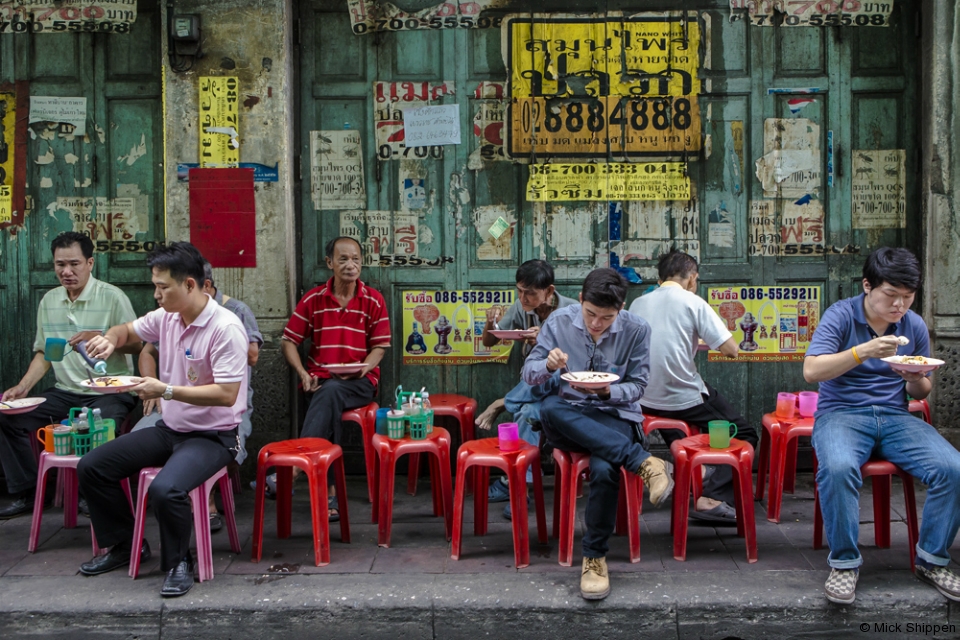
I was also selected for the Food in the Street and Food in its Place categories.
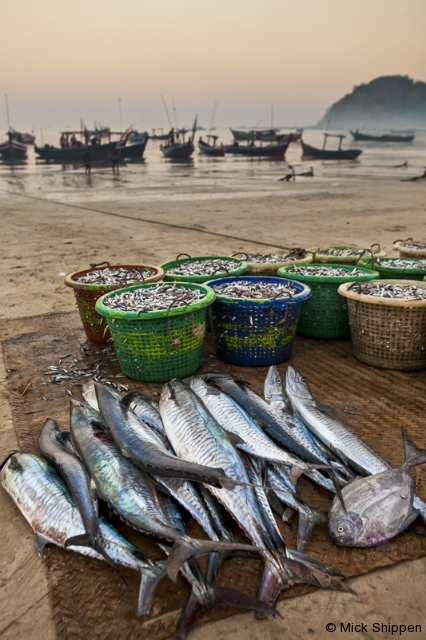
While in London I stayed at the Mecure London Bridge, a great hotel in an outstanding location close to the river and Borough Market.
I must confess that I am a bit of a foodie. And I live in the right place to indulge myself. Thailand, indeed South East Asia, is a paradise for adventurous eaters. An added bonus is that I love photographing in vibrant markets, snapping food vendors and the nosh on my plate.
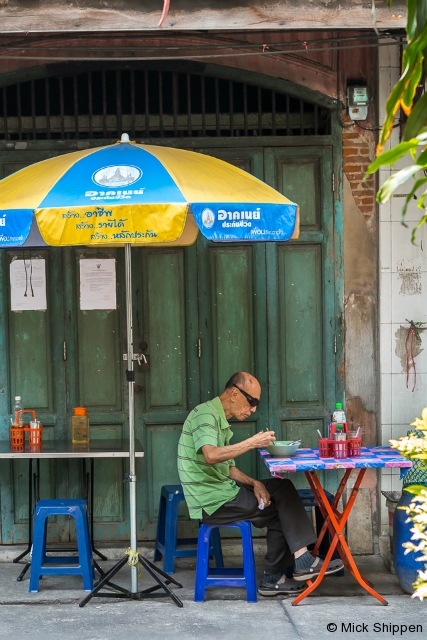
Last year I entered the international “Pink Lady Food Photographer of the Year ” competition, a prestigious annual event which attracts thousands of entrants, and I was selected in one category. This year, I am delighted to say that I have been selected in three categories; ‘Food in the Street’, ‘Food in Action’ and ‘Food in its Place’. There are only seven photographers selected for each category.
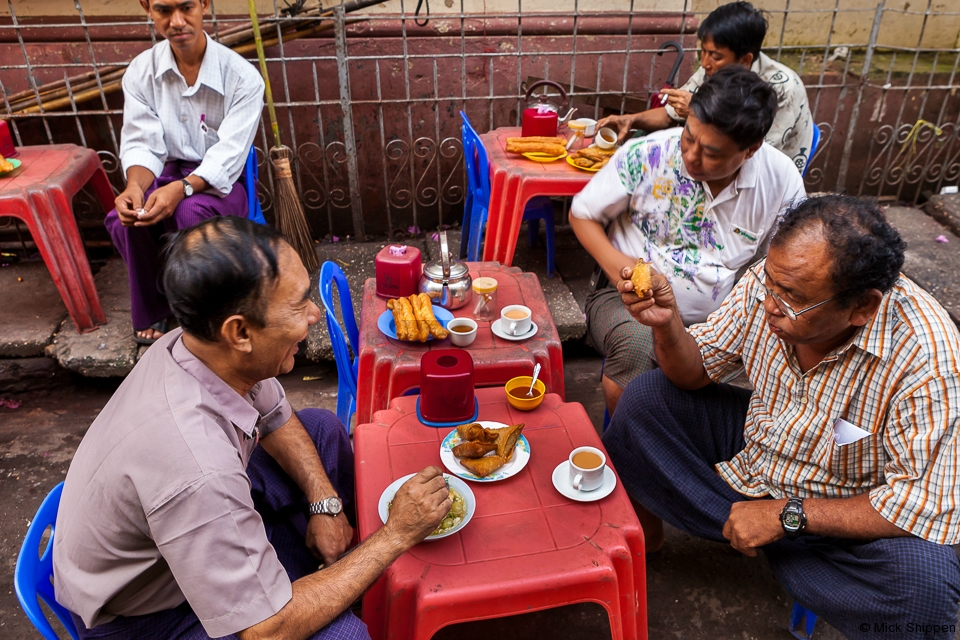
I must emphasize that the images shown here are not the chosen images. These have to be kept secret until the winners are announced at The Mall Galleries in London on April 23. I will be going to the show as it coincides with my annual trip back to my grey little island.
The event is attended by leading figures from photography, media and food industries. Senior representatives of the sponsors also attend including Petra Thierry from StockFood’s Photographer & Art Department. More importantly Errazuriz Wines and Taittinger provide free flow wine and fizz. Basically it is a damn good arty party and I’m really looking forward to it.
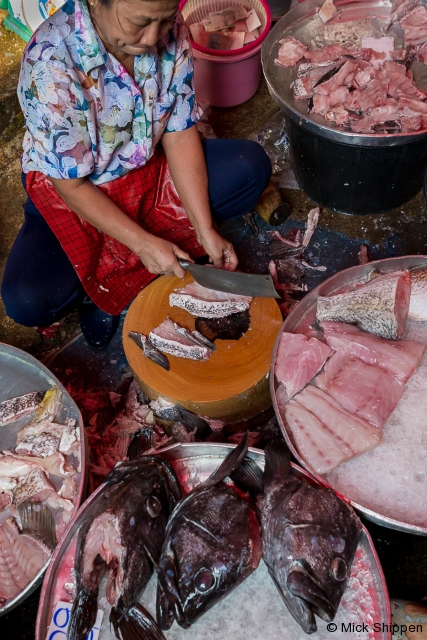
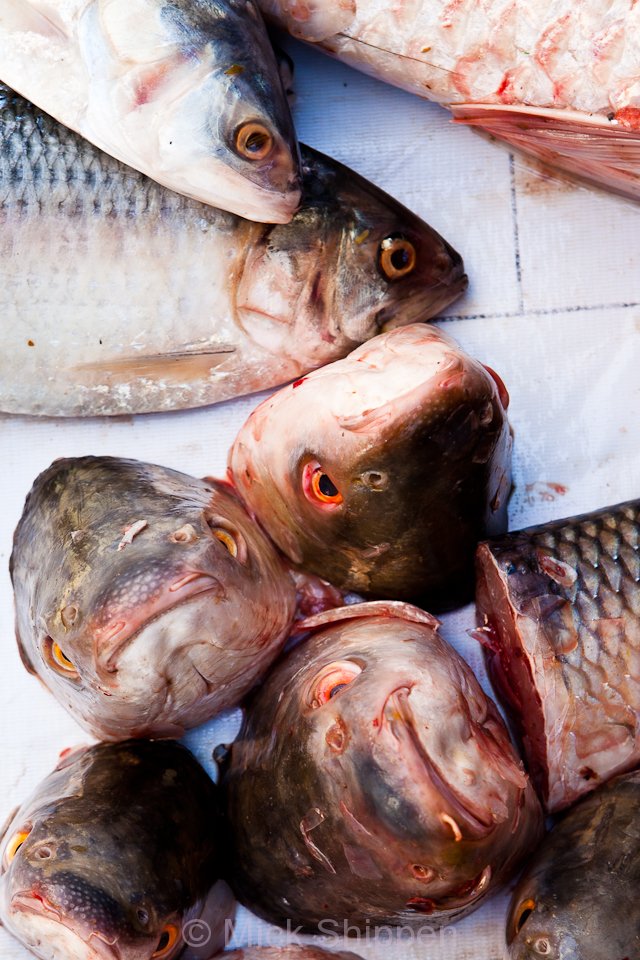
Sometimes I think given half the chance I would simply hang out in the fresh markets of South East Asia and let my photography focus on the details. You may recall that I touched on this topic before when I visited Cambodia last year in the post Finding Beauty in Detail. Alas, magazine editors seem less enthusiastic about an old rice sack covered in fish heads than they should be. But what the hell.
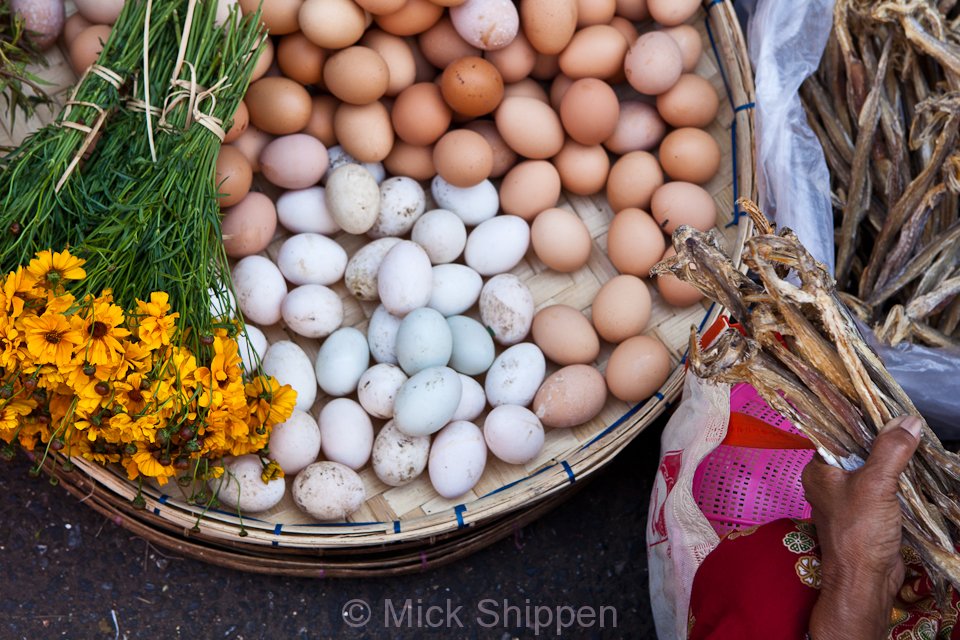
This handful of images is from my recent visit to Myanmar. Wandering around the street markets in Yangon is like walking into a painting, a canvas brushed with colours from Gauguin’s palette and more than a touch of Dali’s surrealism.
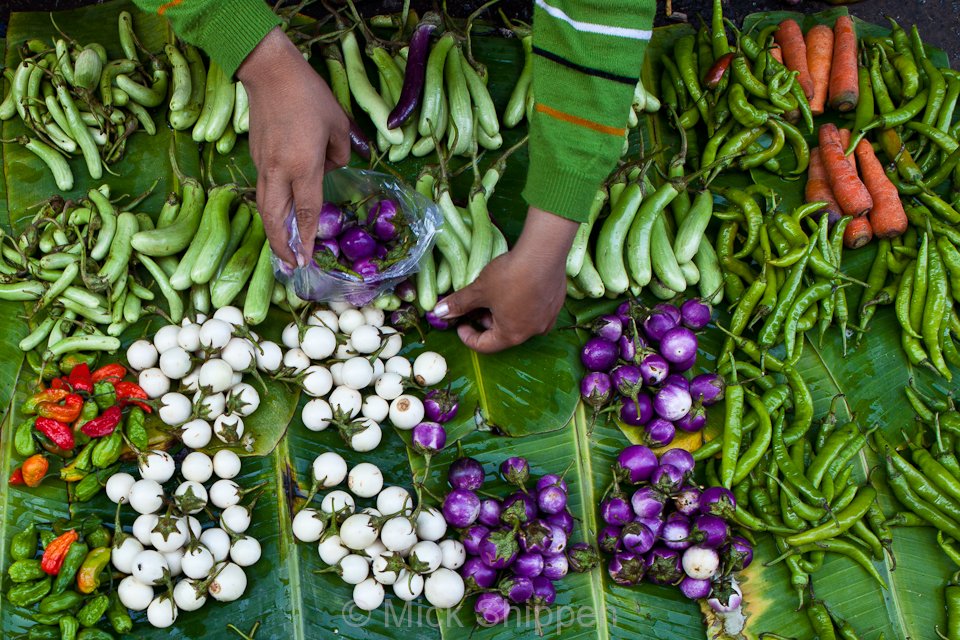
Speaking of Cambodia, following the succes of ‘Enchanting Cambodia’ it seems like a second book on the country is in the pipeline. This time, with a more comphrensive text and more photos so I expect to be spending a considerable amount of time there this year.
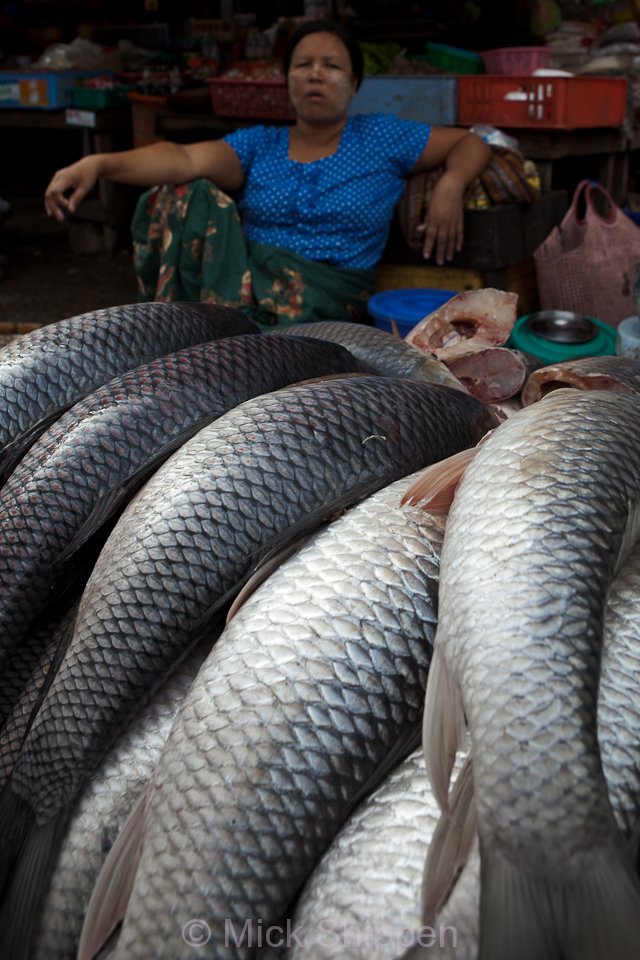
Continuing the foodie theme, here’s a couple of shots of street eats in Yangon.
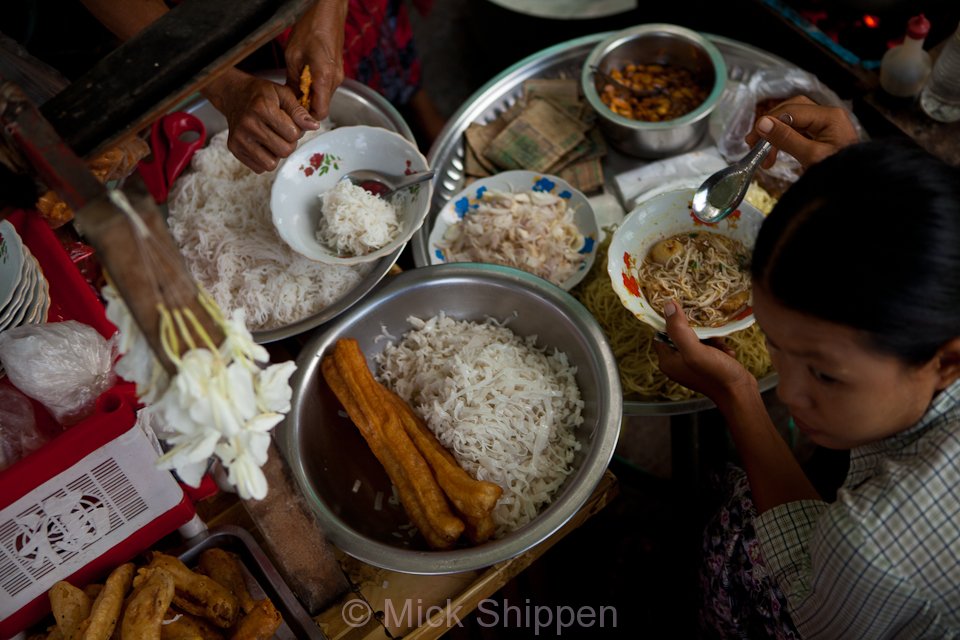
Burmese food is an intruiging mix of Thai, Chinese and Indian influences, resulting in a distinctive cuisine that is still largely unknown outside the country. To be honest, eating street food in Myanmar is a risky affair as the standard of hygiene is diabolical but there are some excellent local restaurants around.

Thailand has a stunning variety of street food. Towns teem with stalls serving a bewildering array of culinary delights. Any visitor to the country is strongly advised to occasionally forego the flashy restaurants and opt for a cheap and cheerful street treat.
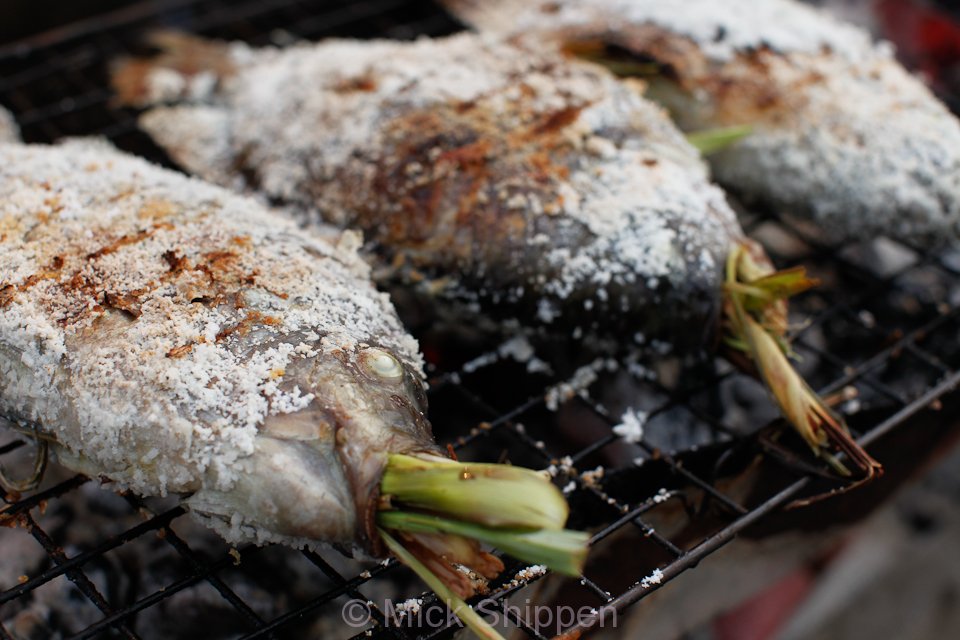
Dining street-side in Bangkok is an extraordinary experience, a feast for the eyes as much as it is for the stomach. I was recently asked to do a set of images for a restaurant. It was decided that the shots should be close-ups. It is still a work in progress but here’re a few examples.
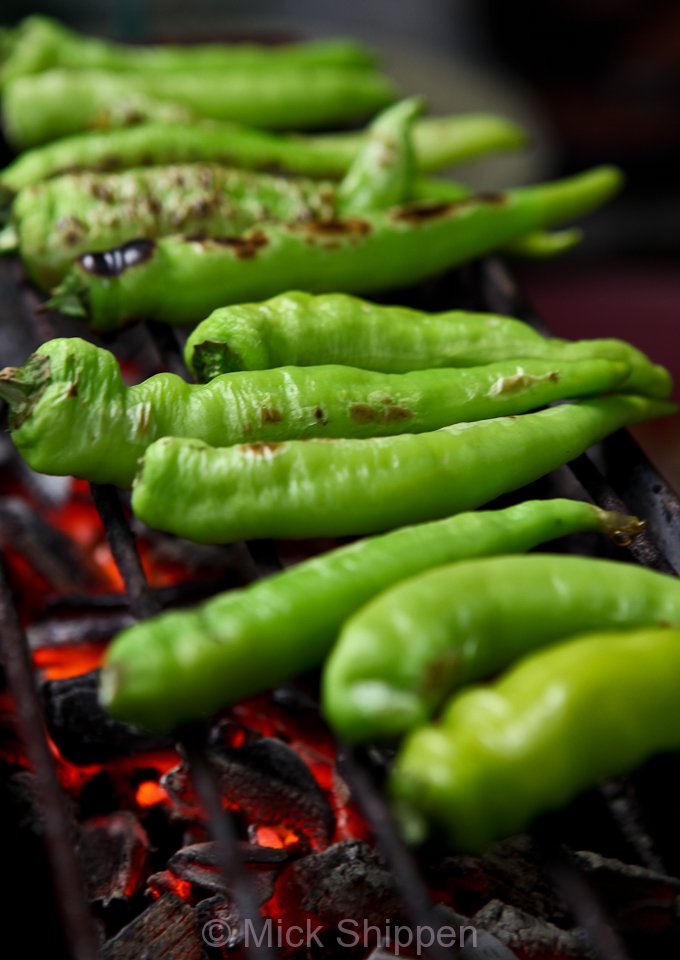
Thailand is often described as a ‘food culture’, a statement that implies that food is more than simply sustenance but central to almost every aspect of social life. One only needs to wander down virtually street to realise just how true that statement is.
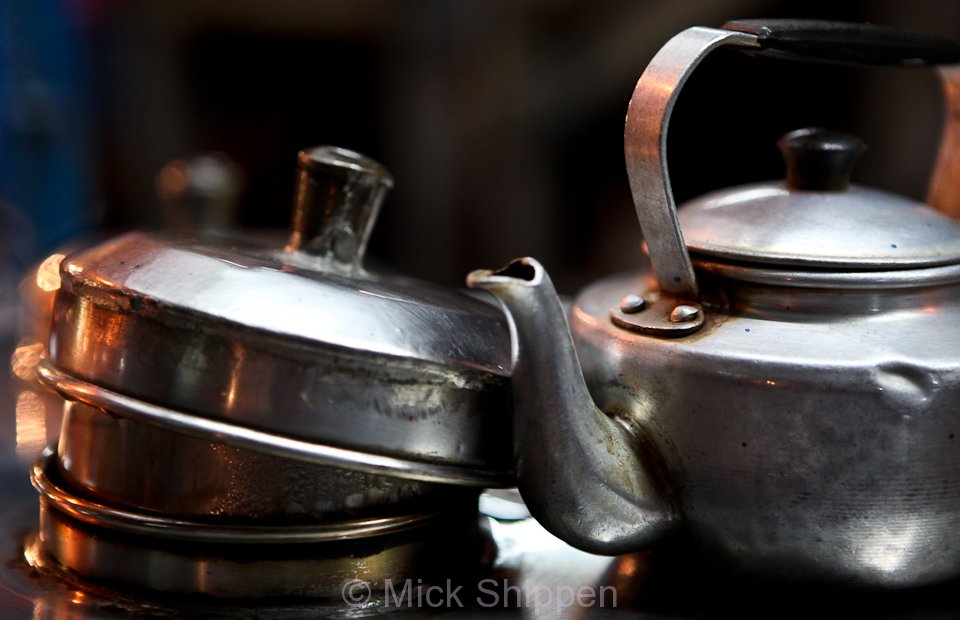
Almost everywhere, enterprising vendors have regular pitches on the pavement, many specialising in one particular item, while others are able to turn their hand to a bewildering amount of dishes. Yet they all have one thing in common, the food they serve is cheap, tasty and ready in minutes, the very definition of fast food.
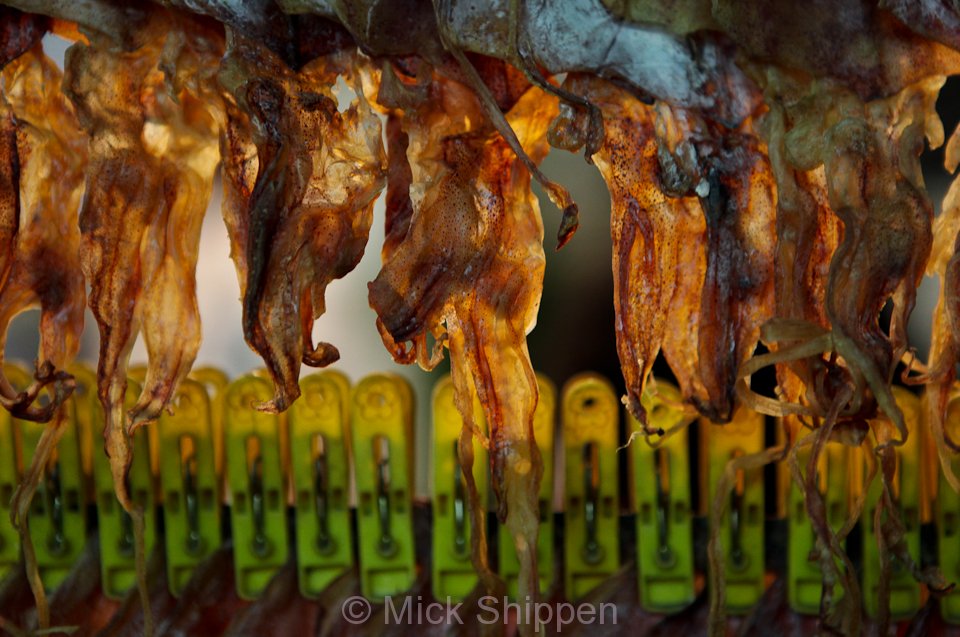
Whether you are looking for a quick alfresco breakfast, a full-blown lunch, a tempting in between meals nibble or something to soak up the ale after stumbling out of a bar, the street vendors have it all, 24 hours a day.
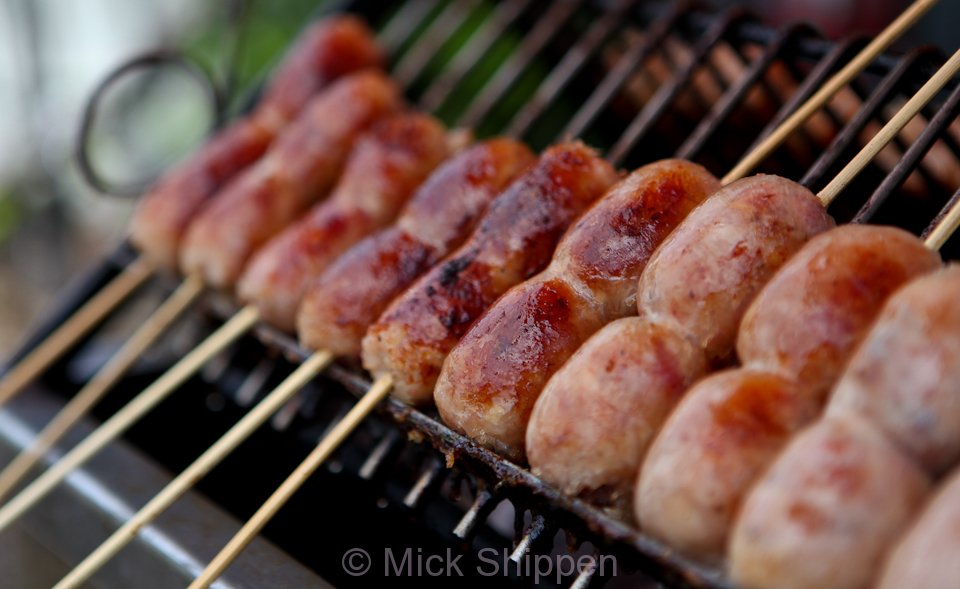
One of the most frequently heard greetings in the country is ‘kin khao yang?’, or ‘have you eaten yet.’ Thai people are communal diners and grazers, seldom eating alone and never satisfied with just one dish. After work, street stalls swarm with office staff and the air is filled with the irresistible aroma of dozens of different dishes, the fiery waft of stir-fried chilies, lemongrass scented soups and grilled meats.
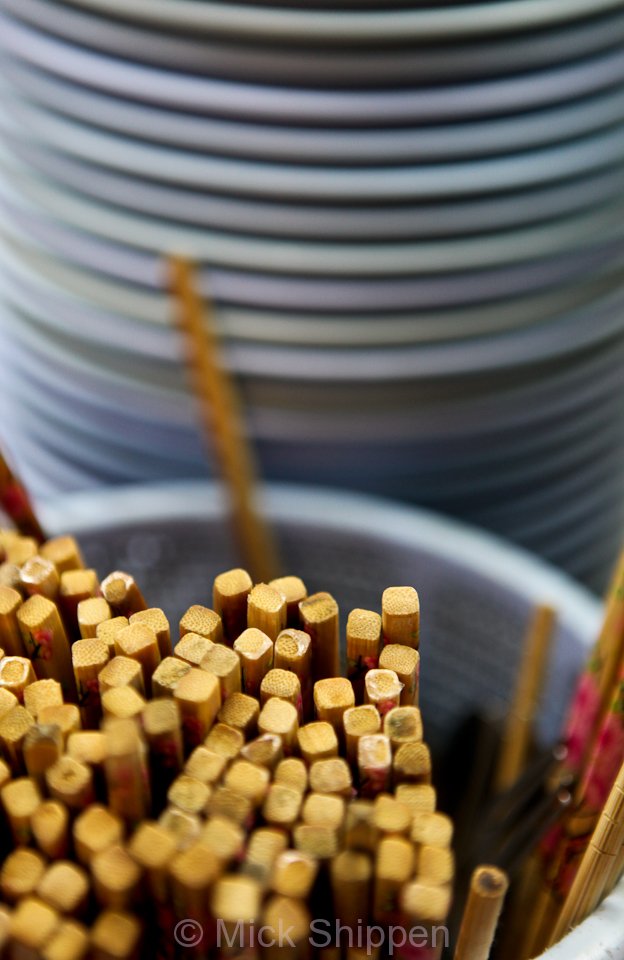
Although the typical Chinese noodle or chicken and rice stall is still very much part of Bangkok’s culinary street scene, the majority of the street traders come from the northeast of Thailand, economic migrants from the hot and under-developed Issan. As part of the Asian tiger economies much of the Thailand’s boom time growth and investment during the early 90s focused on Bangkok, by-passing the rural areas. Resilient and hardworking, Issan people moved in droves to the big city to work as taxis drivers or as labour on construction sites, bringing with them their distinctive music, culture and of course, food.
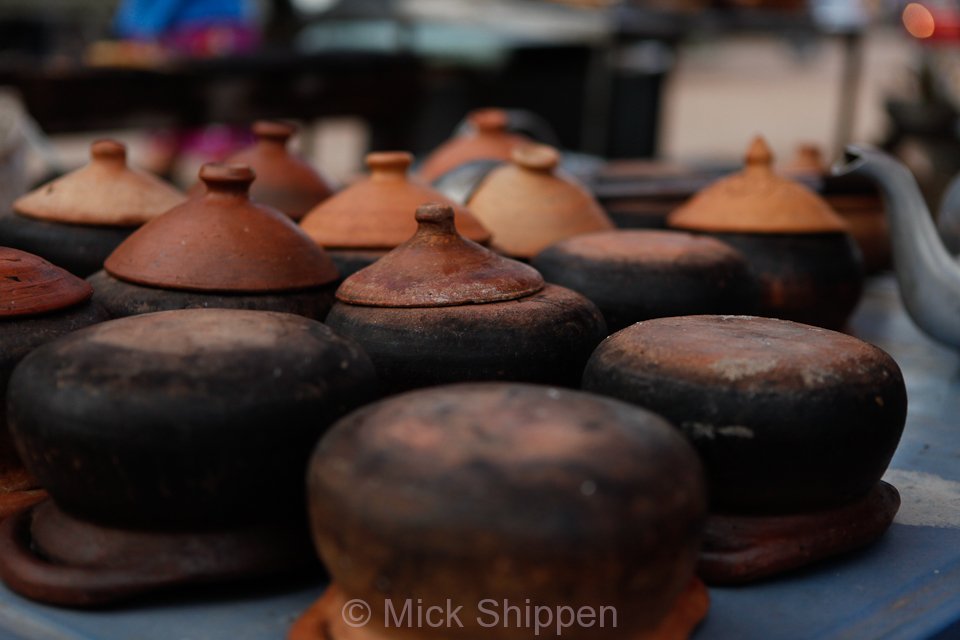
Street vendors provide a great service and create a very special atmosphere, not only within the environs of Bangkok but across the entire country. The price of food is kept low due to minimal overheads; most pay a small fee for their pitch to shop owners if they are in front of a business and a weekly backhander to the police.Vendors are such an integral part of Thai life it is hard to imagine the city without them. Bangkok authorities, who have said that they believe there to be over 43,000 street stalls throughout the city, declared Monday to be a vendor-free day. It is then that you truly realize how much the city’s character is defined by these amazing roadside chefs. Yet their wonderful cooking and easy availability of cheap and tasty food is increasingly threatened.
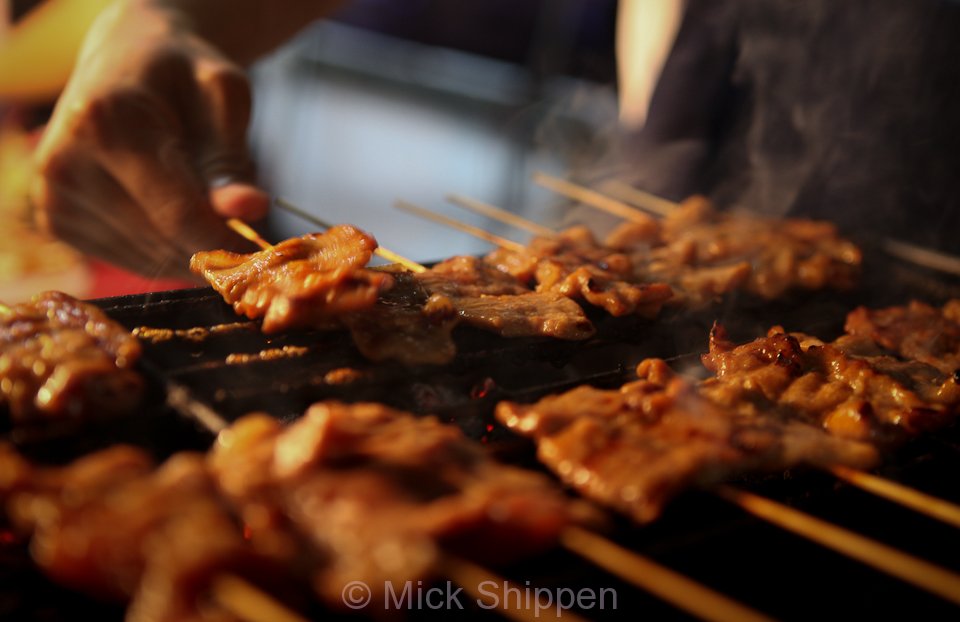
In recent years occasional campaigns by the authorities have attempted to remove them from certain areas, blaming them for contributing to traffic problems or stating that they are a nuisance for pedestrians. When international dignitaries visit the country stall owners are often banned from selling on the street in order to ‘clean up the city and create a good impression’. Keen to create and enforce the rules and regulations that blight western nations, the authorities seem oblivious to the fact that most visitors love to see and sample the remarkable food.
